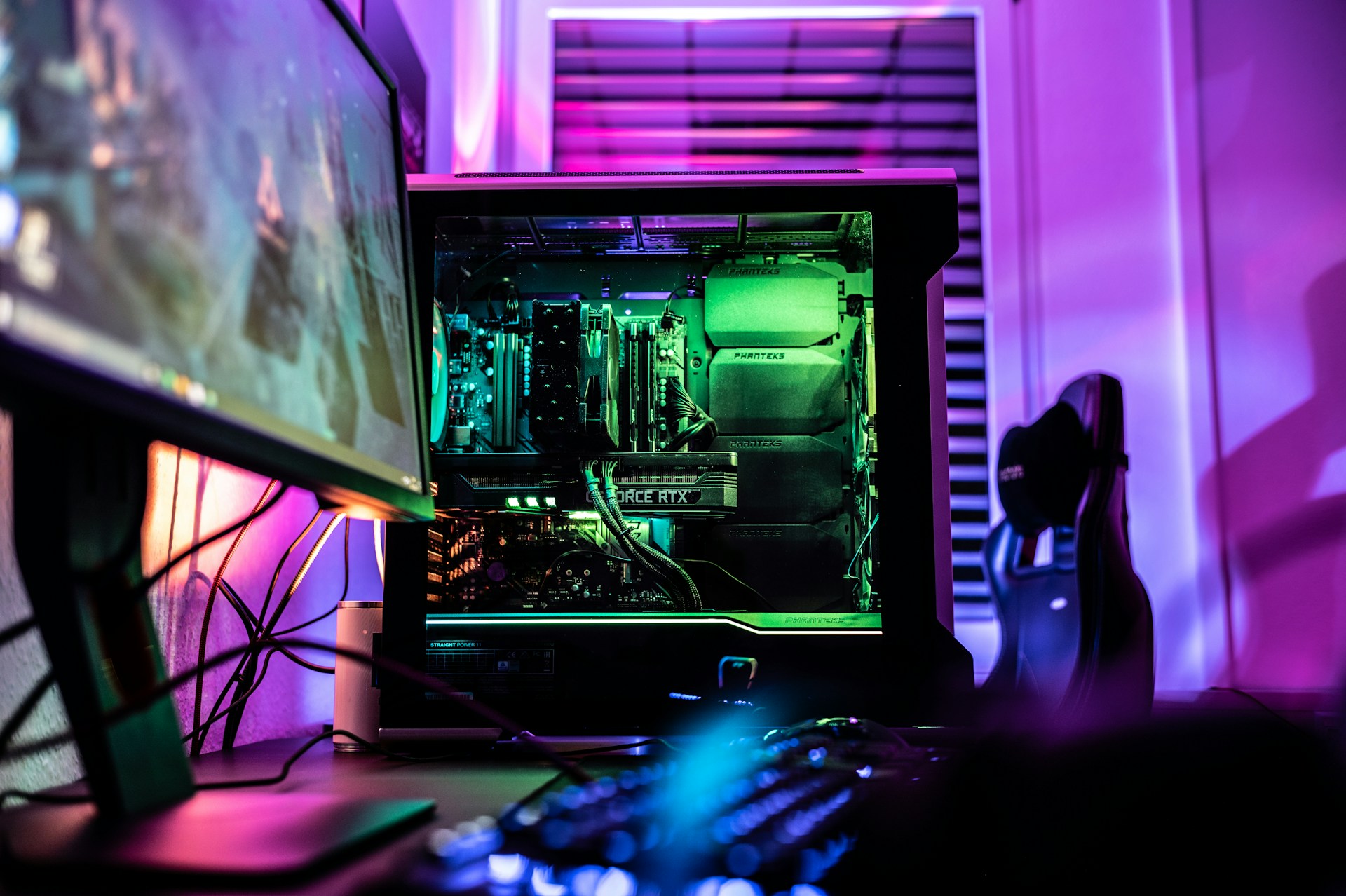The dreaded blue screen of death (BSOD) is something no one wants to encounter. However, these seemingly dramatic issues are sometimes easily solvable. One fairly common BSOD error, the driver power state failure, has a few fixes you can try.
If you get a BSOD, look at the stop code. You may find it says “DRIVER_POWER_STATE_FAILURE,” and if so, follow this guide to get your PC up and running again.
What Is a Driver Power State Failure?
First things first, what is a driver power state failure? These errors happen when one of your drivers has a power issue. It may fall into sleep mode while you’re using it or fail to wake up when you need it to, causing your computer to crash.
Drivers help your computer communicate with your devices or components, so these power inconsistencies can cause serious problems. When a driver’s power state isn’t what it should be, it could cause your computer not to work properly or even damage the system or your files. The resulting BSOD is your PC’s way of protecting itself from those scenarios.
Fixing a Driver Power State Failure
While that seems dramatic, the fix can be relatively simple. What exactly you should do, however, depends on the root cause of the issue. Driver power state failures can come from a few places, so here are a few different ways to fix them. If one doesn’t work, move on to the next.
Update Your Drivers
Just like a DPC watchdog violation, outdated drivers are one of the most common causes of driver power state failures. Consequently, updating your drivers will often fix the issue.
Start by opening the Start menu and selecting “Settings.” Go to “Update & Security,” then “Windows Update” and click “Check for updates.” Your computer will then scan for and install any available driver updates. Restart your computer once the process is complete.
If you’ve built your own PC or use any third-party hardware, you may have to look for and download some drivers manually. Go to a component or device manufacturer’s website, look for the latest update, and download it.
Remove New Drivers or Devices
While updates normally fix driver issues, sometimes there’s a problem with the newest firmware version. Bugs in the latest driver update may cause it to malfunction, so if updating doesn’t work, try the opposite.
Start your PC in Safe Mode, then open Device Manager. From there, find the device you think is causing the problem. This is often the most recently updated driver, but you can use a diagnostic tool like BlueScrenView to find the faulty system, too. Once you’ve located it, go into the device properties, click “Driver,” then “Roll Back Driver.” Then, open the “Power Management” tab and allow the PC to turn it off to save power before restarting your computer.
Sometimes, external hardware may cause the issue, and you fix this by removing them like you remove faulty drivers. Disconnect things like USB drivers or printers one by one to see if removing them stops the BSOD.
Check System Files
The driver power state failure could also come from missing or corrupted system files. To check these, right-click the Start menu, then click “Windows PowerShell (Admin).” In the window that opens up, type “sfc /scannow” and press Enter. When you do that, your computer will scan for and fix any missing or corrupted system files.
Change Your Power Settings
If none of the above steps work, it could be something as simple as an issue with your power settings. Start by opening Control Panel, going to Power Options and making sure you have it turned on Balanced or High Performance.
In the Power Options menu, you can also uncheck these settings:
- Sleep
- Hibernate
- Turn on fast startup
Finally, click “Change plan settings” next to whichever power plan you’re using, then click “change advanced settings.” Under “Sleep,” set everything to “Never,” then do the same under “Wireless Adapter Settings” and “PCI Express.”
Avoid Driver Power State Failures in the Future
Following these steps should fix your driver power state failure. If you don’t want to run into similar issues in the future, make sure you turn on automatic updates on your PC and any third-party drivers. You can then run your PC without fear of the dreaded BSOD.
Recent Stories
Follow Us On
Get the latest tech stories and news in seconds!
Sign up for our newsletter below to receive updates about technology trends














